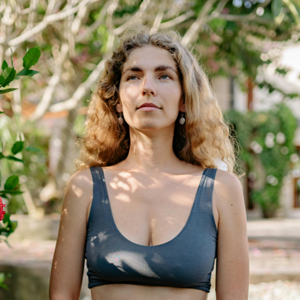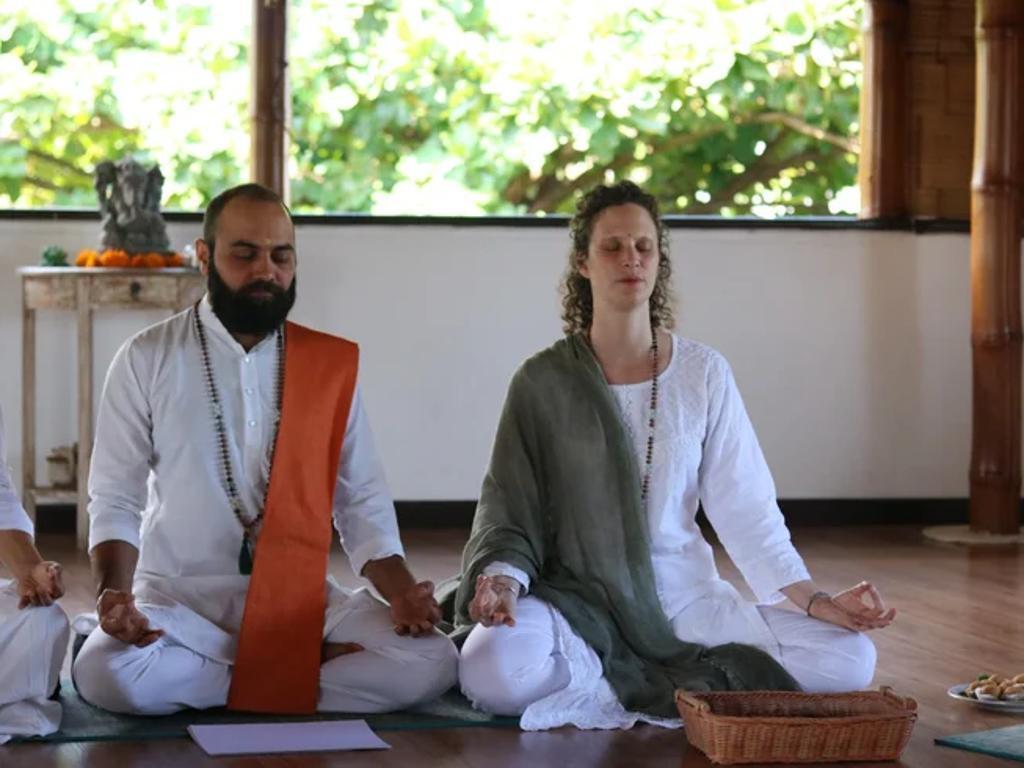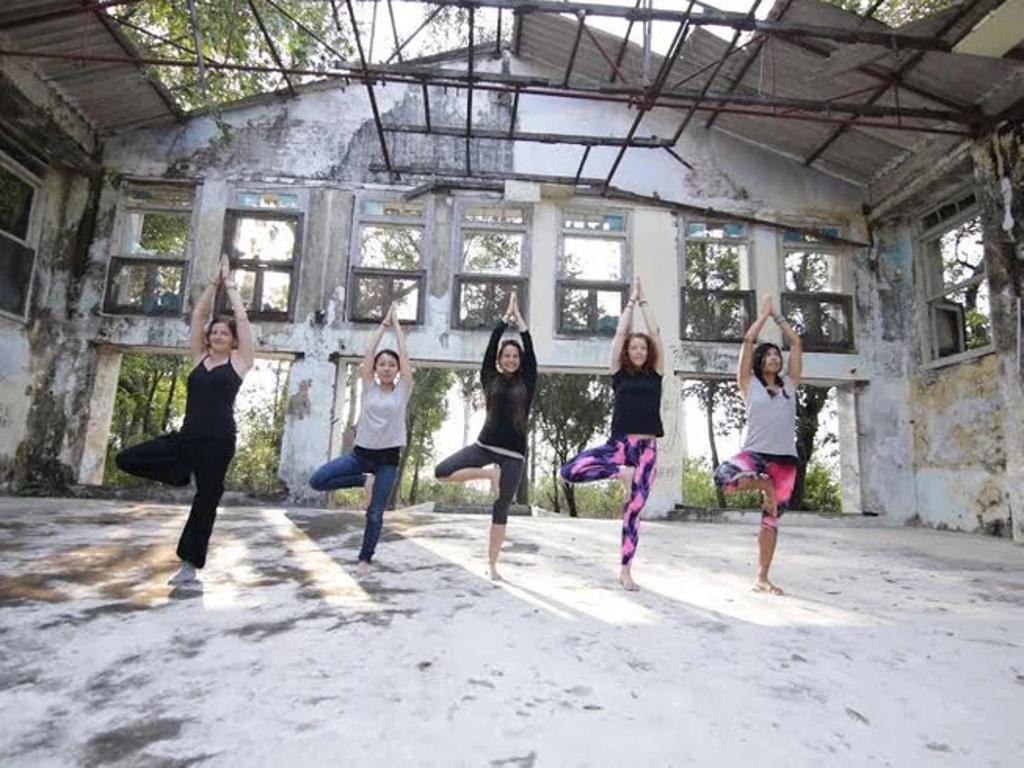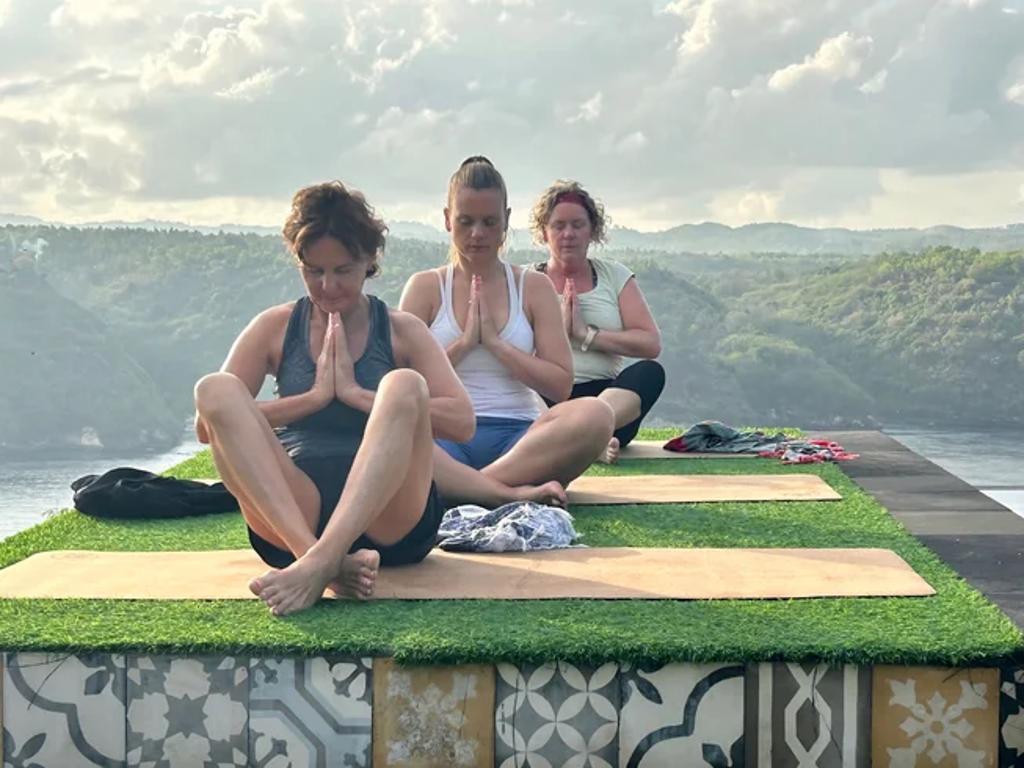India, the birthplace of yoga, holds an unparalleled allure for those seeking to deepen their practice and transform their lives through yoga teacher training (YTT). With its rich history, diverse traditions, and spiritual energy, India offers an authentic and immersive experience that is hard to find elsewhere. If you're considering taking the plunge into the world of yoga teaching, there's no better place to start than in the land where it all began.
In this comprehensive guide, we'll explore everything you need to know about yoga teacher training in India, from choosing the right course to what you can expect during your journey.
Why Choose India for Yoga Teacher Training?
India is more than just a destination for yoga; it's the essence of yoga itself. The country’s deep-rooted spiritual heritage, combined with its scenic beauty, makes it the ideal place for aspiring yoga teachers. Here’s why India stands out:
- Authenticity: Yoga in India is taught with a focus on tradition and authenticity. You’ll learn from masters who have dedicated their lives to the practice, ensuring you receive the most genuine teachings.
- Diverse Styles: Whether you're interested in Hatha, Ashtanga, Vinyasa, or Kundalini, India offers a wide range of yoga styles. You can choose a program that resonates with your personal yoga journey.
- Spiritual Immersion: India provides an environment where spirituality is woven into daily life. From practicing yoga by the Ganges in Rishikesh to meditating in the serene landscapes of Kerala, the spiritual atmosphere is palpable.
- Affordable Training: Compared to Western countries, yoga teacher training in India is often more affordable, making it accessible to a wider range of students.
- Community and Connection: Training in India allows you to connect with like-minded individuals from around the world, all of whom share your passion for yoga.
Choosing the Right Yoga Teacher Training Course
Selecting the right YTT course is crucial to your development as a yoga teacher. Here are key factors to consider:
- Accreditation: Ensure the course is accredited by Yoga Alliance, the most recognized international standard for yoga teachers. A 200-hour Yoga Alliance Certified Teacher Training is the minimum requirement to start teaching.
- Location: India offers YTT programs across the country, each with its unique appeal:
- Rishikesh: Known as the “Yoga Capital of the World,” Rishikesh is perfect for those looking for an intense spiritual experience.
- Goa: If you prefer a more relaxed environment, with the option to unwind by the beach, Goa is an excellent choice.
- Kerala: For a blend of yoga and Ayurveda, Kerala’s lush landscapes and holistic approach are ideal.
- Dharamshala: Located in the Himalayas, Dharamshala is great for those seeking peace and solitude.
- Curriculum: Look for a comprehensive curriculum that covers not just the physical aspects of yoga but also philosophy, anatomy, teaching methodology, and meditation. A well-rounded education will prepare you to teach with confidence and depth.
- Instructors: Research the instructors who will be leading the course. Look for experienced teachers with a strong lineage and a passion for sharing their knowledge.
- Duration: Most YTT courses are either 200 hours or 300 hours, typically spread over 3 to 6 weeks. Consider how much time you can dedicate and choose a course accordingly.
- Class Size: Smaller class sizes offer more personalized attention, while larger groups can provide a more diverse experience. Decide what environment will suit your learning style.
Preparing for Your Yoga Teacher Training in India
Once you’ve selected a course, it’s important to prepare both physically and mentally for the journey ahead.
- Physical Preparation: YTT can be physically demanding, so it’s beneficial to establish a regular practice before you arrive. Focus on building strength, flexibility, and stamina.
- Mental Preparation: Yoga teacher training is as much about mental and emotional growth as it is about physical practice. Be prepared to confront your own limitations and insecurities. Approaching the training with an open mind and heart will help you get the most out of the experience.
- Cultural Sensitivity: India has a rich and diverse culture, and understanding basic customs and etiquette will enhance your experience. Simple gestures, like dressing modestly and respecting local traditions, will go a long way.
- Packing Essentials: Bring comfortable clothing suitable for yoga practice, a yoga mat (if not provided), toiletries, any necessary medications, and a journal for reflection. Don’t forget travel adapters, as the electrical outlets in India may differ from those in your home country.
- Health Precautions: Consult with a healthcare professional about any vaccinations or medications you might need for your stay in India. It’s also wise to carry a basic first-aid kit.
What to Expect During Yoga Teacher Training in India
Yoga teacher training is an intense and transformative experience. Here’s what you can expect:
- Daily Schedule: A typical day during YTT is structured around a disciplined routine that includes early morning meditation, several hours of asana practice, lectures on yoga philosophy and anatomy, and evening meditation or chanting. Expect long days filled with learning and practice.
- Diet: Most YTT programs in India offer a vegetarian diet, aligned with yogic principles of purity and non-violence. The food is often simple, nourishing, and designed to support your practice.
- Accommodation: Depending on the location, accommodations range from basic dormitories to more comfortable private rooms. Most schools offer on-site lodging, creating a communal atmosphere among students.
- Emotional Challenges: YTT can be emotionally taxing as you confront physical limitations, face inner fears, and work through mental blocks. However, these challenges are a vital part of your growth as a teacher and individual.
- Community Support: One of the most rewarding aspects of YTT is the sense of community. You’ll be surrounded by supportive peers and teachers who are on the same journey, creating lasting bonds and friendships.
- Personal Growth: Beyond the physical practice, YTT in India encourages profound personal growth. You’ll leave not just with the skills to teach yoga, but with a deeper understanding of yourself and your place in the world.
Post-Training: Taking Your Practice Off the Mat
Completing a yoga teacher training course is just the beginning of your journey. After your training, it’s important to continue your practice and integrate what you’ve learned into your daily life.
- Continuous Practice: Teaching yoga requires a strong personal practice. Dedicate time each day to continue refining your asanas, meditation, and pranayama.
- Teaching Opportunities: Start teaching as soon as possible, even if it’s just to friends or family. The more you teach, the more confident and skilled you’ll become.
- Further Education: Consider pursuing advanced training, such as a 300-hour YTT, to deepen your knowledge and expand your teaching repertoire.
- Stay Connected: Keep in touch with your YTT community and teachers. They can be a valuable source of support and inspiration as you navigate your teaching career.
- Live the Yogi Life: Remember that yoga is more than just a physical practice; it’s a way of life. Incorporate the principles of yoga into your daily routine, from mindfulness and compassion to ethical living.
Conclusion
Yoga teacher training in India is a life-changing experience that goes beyond physical practice. It’s an opportunity to connect with the true essence of yoga, immerse yourself in a spiritual environment, and discover your potential as a teacher. Whether you’re drawn to the holy city of Rishikesh, the serene beaches of Goa, or the tranquil mountains of Dharamshala, India offers a unique and transformative journey for every aspiring yoga teacher.
Embarking on this path requires courage, dedication, and an open heart. But the rewards—a deeper connection to yourself, a community of like-minded individuals, and the ability to share the gift of yoga with others—are well worth the effort. Namaste.





